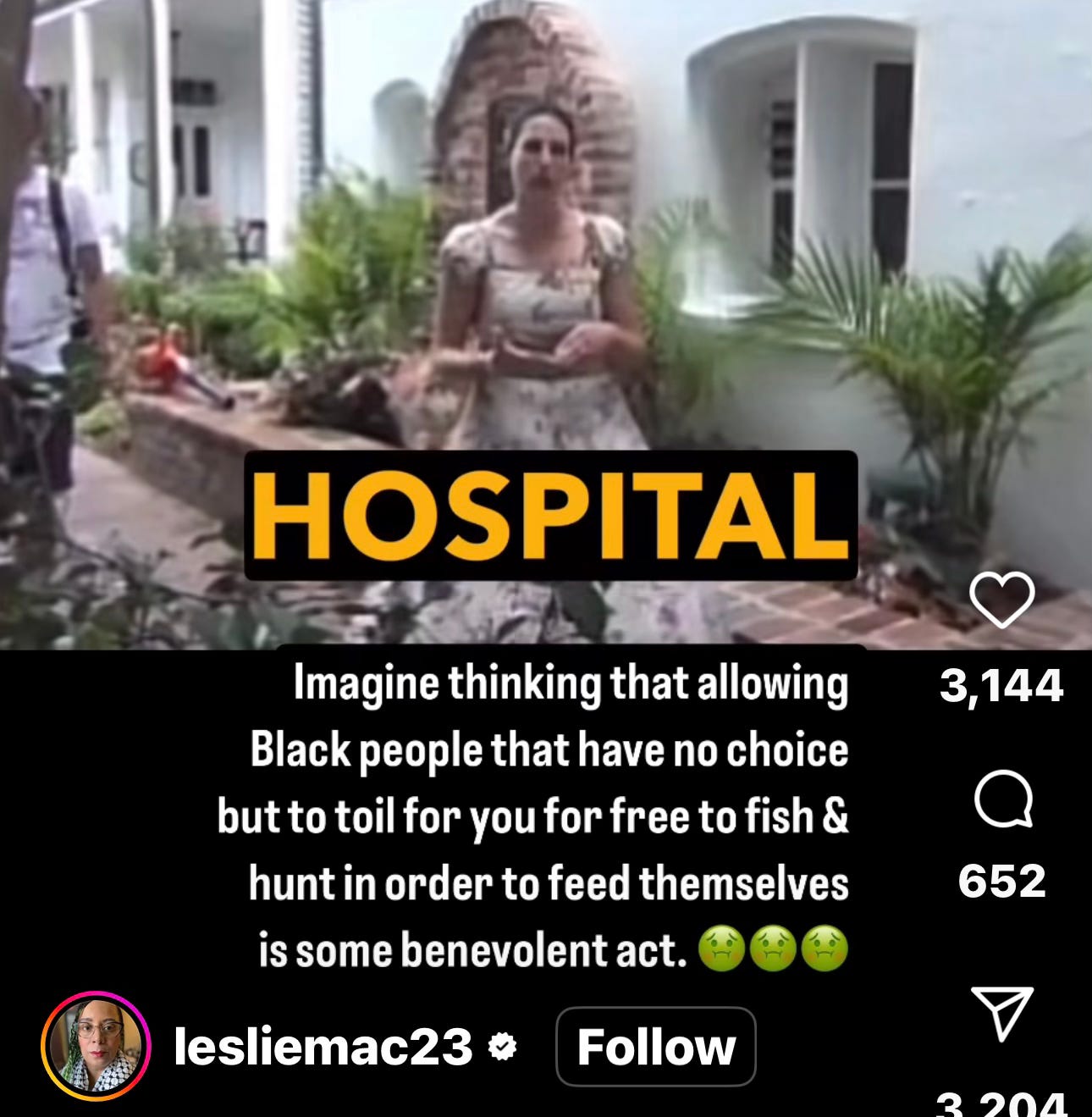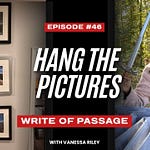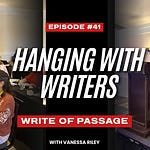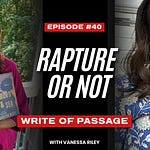This week, I went through a whirlwind of emotions—yes, whirlwind. That’s the word. It captures the highs and lows, the unpredictable moments, the shared grief, reflection, and the surprising grace that shaped these past few days. All these feelings—they live in pictures.
Picture this: an artist gifted in creating larger-than-life floral and celebratory installations-roses, sunflowers, and even huge gift boxes with perfect bows. I found one of her creations buried among the thousands of photos on my phone. I went searching for it after hearing she died—suddenly—of a heart attack. She was in her mid-forties. I’d only seen her two or three times, but every encounter was vibrant. She was joyful, always present, always tweaking one last detail so others would want to take a picture beside her work. Her name was Mary. She made an impact. I look at that photo and smile, remembering her smile.
This loss was sudden. Mary was very close to a friend of mine. Mary was central to my friend’s community. When your friend grieves someone central to their world, you grieve with them. And in that shared sorrow, something happens. You become deeply grateful—not just for what you have, but for the very fact that your people are still here. You reflect. You look at your own life, and the things you were grumbling about five minutes ago suddenly don’t matter so much. Perspective shows up, kicks you in the pants—uninvited, but necessary.
Then, another picture: a fire. Not just any fire—the one that consumed Nottoway Plantation, the largest antebellum plantation that was still standing in the United States. A place layered with contradictions, history, and pain. The blaze left it gutted. I studied the photos—before, during, and after. I watched the memes—because TikTok, Threads, and Instagram are unmatched when it comes to irony and reaction. Beyond the satire, there is truth.
No one died in the fire. But that doesn’t erase the deaths that still haunt that land—the men, women, and children who lived, labored, and died under a brutal system of forced servitude. Some say Nottoway is haunted. It should be. The owners memorialized the slave drivers' quarters. I like to think the spirits of the enslaved were there, too, watching the flames, bearing witness as the restored “Massa’s house” turned to ash.
Nottoway was a tourist site, a wedding venue, a workplace, a symbol. People will be out of work. The state will take an economic hit. These are facts. But there is a deeper truth that sits beside those facts: Nottoway was a sugar plantation. And sugar plantations were among the worst of all plantation systems.
I know this because of the research I did for Sister Mother Warrior and Island Queen. The facts still haunt me:
The death rate on sugar plantations in the Caribbean and southern states was three to four times higher than on cotton plantations.
Enslaved people on U.S. cotton plantations had a life expectancy of 30–35 years. On sugar plantations, it was often 10 years or less.
The work was brutal—cutting cane, operating machinery, surviving the suffocating heat of the boiler houses.
If you were sentenced to work the boiling vats, it was basically a death sentence. Dehydration, exhaustion, and the relentless heat killed faster than the whip. And that doesn't count the beatings, the rapes, and the starvation.
I made a post about the fire on Instagram. Most of the responses were respectful. But some fixated on the "grandeur" lost—as if it were Notre Dame. Others insisted I should “get over it.” That all the perpetrators are dead. That the world should move on. Let’s put in pin in this moving notion. I’ll circle back.
Another disturbing image circulating came from still of Nottoway’s scripted tours praising the "humanity" of the plantation, claiming it trained a nurse and built a hospital for the enslaved. That is a lie. There was no formal training. They likely identified a woman who showed skill with herbs and healing and used her ancestorial knowledge. The hospital was not about care—it was about profit. It was cheaper to repair a broken body than to buy a new one. These “hospitals” weren’t acts of mercy. They were maintenance hubs for human chattel.
One of the worst stories I came across still wakes me up at night. A method of execution used on some sugar plantations: the “sugar death.” An enslaved person would be buried up to the neck in sand. Then, boiling sugar syrup was poured over their exposed skin—usually the head. The syrup burned and blistered, but that wasn’t the end. The spilled sugar attracted the ants. The person would die slowly, in excruciating pain, as ants devoured them alive. It was sadism as spectacle. A warning. A lesson. A horror.
How exactly do you “get over” that? How do you erase the knowledge that human beings chose to do that to others—and passed it on, generation after generation? How do you get over knowing that, given the chance, there are people today who would do the same?
But then, a final image. This saved my writing week. It was a photo of frolic. Two Black women—one in a sleek column dress, the other in a romantic, flowy one—running joyfully through a green field in Vatican City. The sun is shining. I imagine the smell of olives in the air, the promise of wine at sunset. Gayle King and Oprah, radiant, laughing, free. That image brought me back to smiling Mary. Not because it was glamorous, but because it reminded me of joy, personal joy.
We need joy. We need moments of frolic. In the middle of pain, of grief, of hard histories—we have to fight for joy. We must protect it, speak to it, defend it. Frolicking is resistance. It’s choosing self, choosing family, choosing rest, choosing humanity.
So yes—we mourn. We reflect. We carry reverence for the past, the true past. But we must also touch grass, run barefoot through a field, choosing self, friends, and family.
To those who are grieving, I offer this: find one photo. One memory. One moment that brings you joy. Hold on to it. Then look for more. Or make more, one moment at a time.
Books that can help you focus on joy and history in meaningful ways are:
Before I Let Go by Kennedy Ryan
A second-chance romance that explores grief, healing, and Black joy.
The Warmth of Other Suns by Isabel Wilkerson
Epic account of the Great Migration—deeply researched and emotionally charged.
What the Fireflies Knew by Kai Harris
A coming-of-age story told through the eyes of a young Black girl navigating grief and growing up in 1990s Michigan.
The Heaven & Earth Grocery Store by James McBride
A community of outsiders in 1920s Pottstown, PA, comes together around a hidden deaf boy—tender, funny, and full of humanity.
And of course
Island Queen: A historical novel based on the real-life rise of Dorothy Kirwan Thomas—her rise from enslavement to one of the wealthiest women in the Caribbean.
Sister Mother Warrior: An epic saga of resistance, sisterhood, and revolution—based on the true story of the women who helped shape the Haitian fight for freedom.
Show notes include a list of the books mentioned in this broadcast. This week, I'm highlighting Hub City Books through their website and Bookshop.org
You can find my notes on Substack or on my website, VanessaRiley.com under the podcast link in the About tab.
If this essay touched you or lit a spark, show some love—hit like and subscribe to Write of Passage!"
Thank you for listening. Hopefully, you’ll come again. This is Vanessa Riley.
















